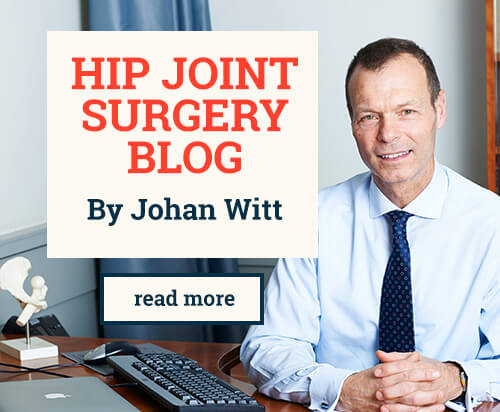Causes of persistent pain and symptoms after hip arthroscopy
January 18, 2017
I was involved in a number of meetings and symposia at the back end of last year, where the issues surrounding persistent symptoms after hip arthroscopy were discussed. There are a number of factors that may result in a hip taking quite sometime to settle down, so it can be difficult to judge at what point the procedure has ‘failed’. Most surgeons recognise that there may be a period 2-4 months after surgery where the hip can become a bit more irritable. We assume that this is because the load going through the hip is increasing as recovery progresses and the re-modelling of bone and soft tissue will still be taking place. With judicious use of anti-inflammatory medication and modification of the rehabilitation programme this will usually subside. Occasionally it may be necessary to settle things down with an injection of steroid into the joint.
If symptoms continue to persist 9-12 months after surgery then there must be concern that perhaps the procedure has not worked. When this is the case it becomes important to review all the pre-operative work up and imaging to try and understand why this may be so. There are a number of consistent factors that are reported in the literature that may be responsible for persistent symptoms. First and foremost is that there may still be residual impingement if the arthroscopy was for FAI. This can usually be clarified by re-imaging with 3-D CT scans and fortunately good outcomes can still be achieved if the persistent impingement is then addressed, and usually this can be done arthroscopically as well.
Underlying acetabular dysplasia is another reason why a hip may not improve. This may not have been recognised at the outset and arthroscopy can’t address the lack of bony support of the hip joint and sometimes may de-stabilise it. In these circumstance the hip may still be suitable for a periacetabular osteotomy (PAO) which aims to correct that underlying anatomical deficiency which led to the joint being damaged in the first place.
Too much degenerative change within the joint is a further cause of a poor outcome after hip arthroscopy. Many studies have now looked at reasons for failure in this context and once the joint space width of the hip starts to decrease, it indicates that the articular cartilage lining the joint is becoming significantly damaged. This is essentially the development of osteoarthritis. There seems to be a threshold where arthroscopy is unlikely to be helpful and this is a joint space width of less than 2mm. Once this is the case then it is likely that a much more effective and reliable intervention would be a hip replacement.
If the outcome of a hip arthroscopy has not been satisfactory then there may still be further options to improve the hip but this requires detailed evaluation to look for in particular, residual deformity.




Speak Your Mind